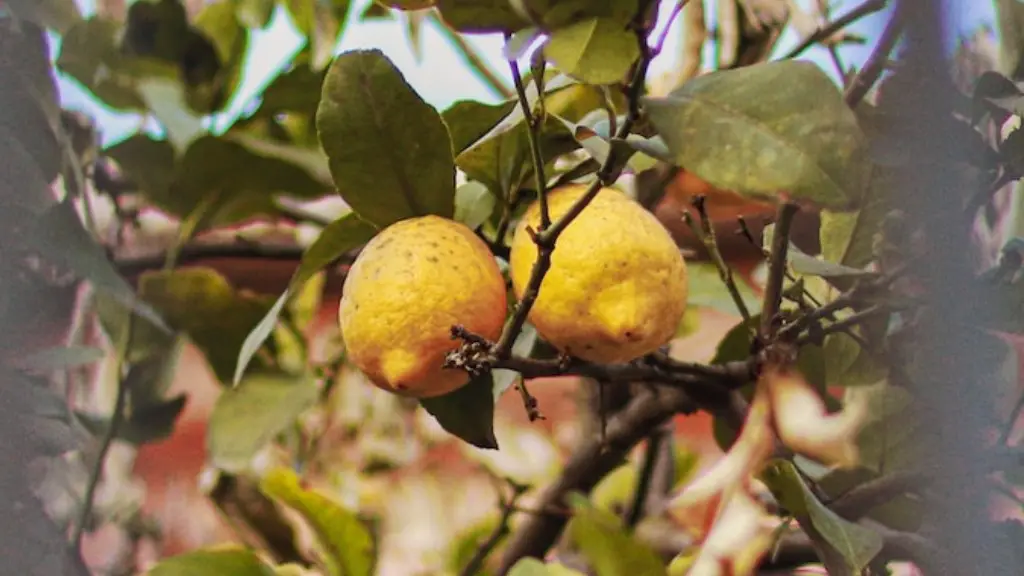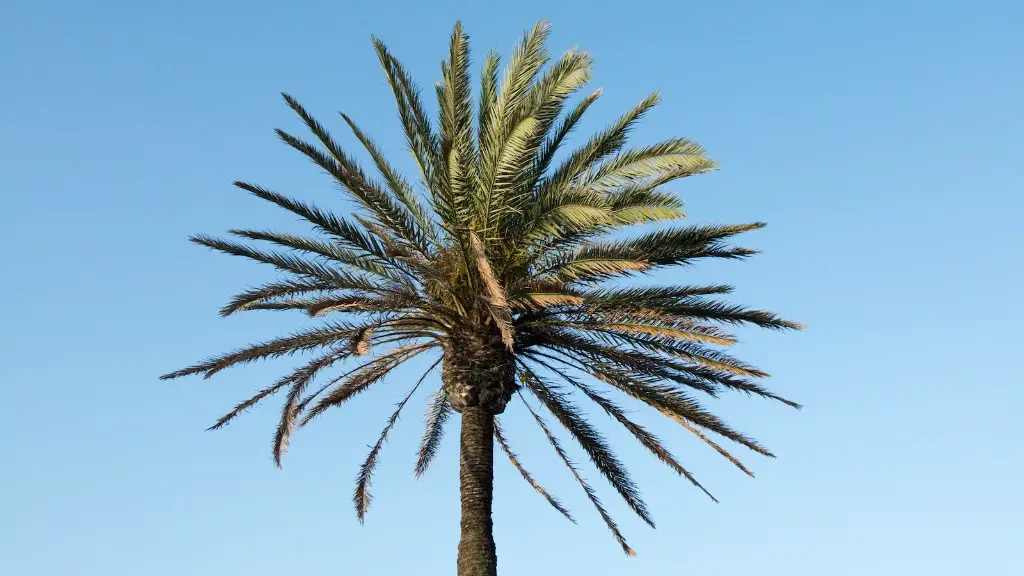Overall Impact
Cherry trees are a gorgeous addition to a garden and a source of foliage, fragrances and fruits. When experiencing any kind of damage, it’s important to take action promptly and correctly. Before intervening, it’s important to know more about the signs of damage and the underlying causes.
Identifying the Problem
Most causes of damage can be identified by affected flowers, foliage and bark: flowers turning brown and falling off, wilted or discolored leaves, and cracked or cankered bark. Other signs of trouble include smaller-than-usual fruit and difficulty in ripening, as well as absence of leaves, sap coming out of the trunk or any abnormal pest or fungus.
It’s also very important to identify whether the damage is physical, environmental or disease-related. In such cases, the cause of the damage can be easy to identify if one knows what to look for.
Environmental Damage
Environmental damage is the most common cause of cherry tree harm, with harsh frosts and freezing temperatures being particularly damaging. Trees may also suffer from waterlogging, flooding, drought and starvation. In addition, human interference, such as excessive pruning and trenching, may also harm trees, as well as heavy winds, salt burns, chemical sprays and certain fertilizers.
Diseases and Pests
Diseases such as mildew, black knot and leaf spot, as well as the pests cherry fruitworm and the black cherry aphid, can cause damage to cherry trees. Such damage can manifest in misshapen and discolored leaves, premature fruit-drop, rust spots, and even loss of bark. These need to be treated as soon as possible to avoid potential long-term damage.
It’s important to note, however, that while paying attention to the environment might reduce the tree’s chances of becoming seriously damaged, if the tree is diseased, nothing short of specialized attention from a horticulturalist will do.
How to Treat the Cherry Tree’s Damage
When it comes to environmental damage, the best solutions depend on the type and extent of the damage and can range from providing extra irrigation to protecting the tree with a tarp during storms. If a tree is suffering from a disease or pest, fungicide or insecticide may be necessary if the problem is severe.
It is also important to consider the time of year, as any treatment should be conducted after the flowering period or just before spring. Additionally, it is important to research how much fertilizer to add – too much or too little can cause harm – and the conditions in which it should be applied.
Pruning and Protected Insurance
In order to reduce the potential for future damage, cherry trees may need to be pruned every two or three years, as well as sprayed to protect them against fungal and insect infestations. It is crucial that a cherry tree is properly supported, especially during the fruiting process.
To ensure that a tree is properly protected against weather, pests, and other external forces, investing in protected insurance might be a wise course of action, as it will cover the costs of any legal, medical and financial damages.
Nitrogen Balance and Seasonal Care
When dealing with environmental damage, it’s also important to take into account the importance of nitrogen balance, as well as ensuring adequate nutrition for the tree. This can be achieved through soil and foliar administration of nitrogen-containing fertilizers several times during the growing season.
Providing a cherry tree with seasonal care, such as applying a fungicide in spring, monitoring watering levels and taking preventive measures during the winter, will help reduce the chances of damage.
Conclusion
Taking all these steps into account should help a garden remain beautiful, vibrant and producing delicious fruits for years to come. Keep in mind that if you notice any sign of distress, taking timely and informed action is key: quick and targeted treatment is essential when dealing with cherry tree damage.


